From One to 5: How OnePlus is constantly reinventing itself
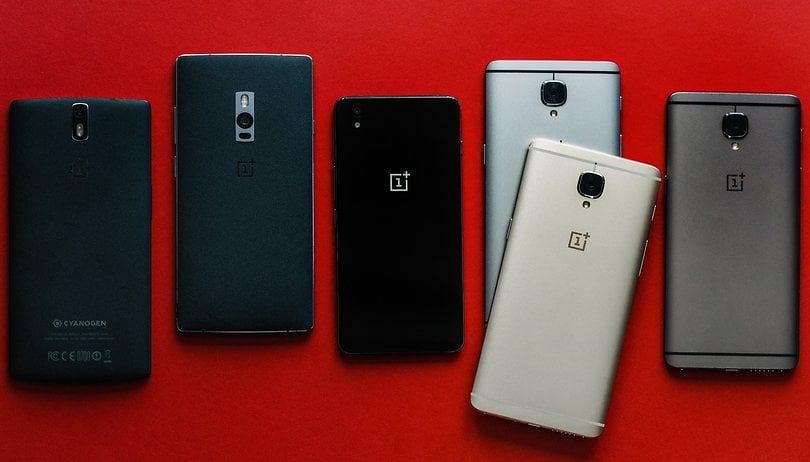

There are only a few days left until OnePlus pulls its sixth smartphone out of the hat: the OnePlus 5. In this article, we throw a look into the past and present the story of this incredible startup.
It all began in December 2013, when Pete Lau and Carl Pei founded the startup OnePlus. Both worked previously for Oppo. Pete Lau was vice president and involved in equipping the Oppo N1 with the CyanogenMod. As an investor, Oppo was involved from the very beginning. OnePlus set itself the target to create smartphones with a balance of good price and high quality.
OnePlus One - a shooting star
Even with their first smartphone, OnePlus succeeded in creating a sensation. The OnePlus One called itself a flagship killer. It brought high-end performance while costing only a fraction of the price of top smartphones from Samsung or HTC. The 16 GB model launched for $299, and the 64 GB model cost $349. The phone used the much celebrated Cyanogen OS as its operating system.
With a core promise to make high performance affordable, OnePlus certainly delivered. However, the OnePlus One was more of a diamond in the rough. Not everything was perfect, as there were some minor technical issues and a lack of support.
The marketing for the device was key: You needed an invitation to buy OnePlus One. This was important for the startup as it could then control sales and production. The invite system also made the device rare, which raised the curiosity of many users. Overnight, the OnePlus became the star of the smartphone scene.
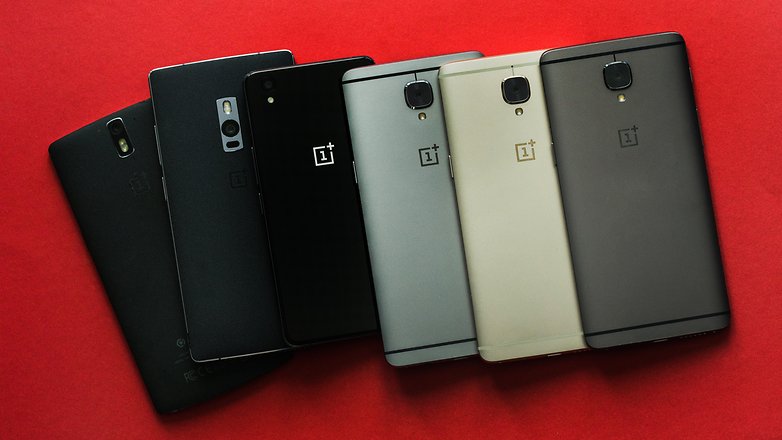
OnePlus had to inform its users of its first shock at the end of 2014. When the company bitterly split ways with Cyanogen Inc, it took the software development with it. This became a herculean task.
OnePlus Two: the experience makes a difference
In order to understand OnePlus, you must first understand the drama surrounding the OnePlus 2. It was conceived as the follow-up to the surprise hit of 2014. It was supposed to be better for the mainstream while carrying the OnePlus glory, delivering high performance for little money. The presentation was also conducted with help from VR, which set OnePlus way ahead of its time.
Of course the company needed the best chip in their device, and this came from Qualcomm: the notorious Snapdragon 810. But this had the reputation of being somewhat temperamental, and OnePlus's attempt to sell the installed chips as part of their second and improved 810 generation didn't help much. Dropping near field communication (NFC) was even more damaging and the company's enthusiasts could barely cope. The frustrating invite system did the rest. Even its customer service brought fresh criticism on OnePlus.

Only a year and a half later did co-founder Carl Pei admit in an interview that OnePlus 2 was a failure. But OnePlus learned much from these mistakes. Looking back, he conceded that the company had drawn the wrong conclusions from the success of OnePlus One. This initial success was also due to luck and good timing. The problems surrounding OnePlus Two were an important experience for the startup.
OnePlus X - the experiment
In fall 2015, OnePlus dared an exciting experiment. How would a smartphone run if it sat in the middle of the price range, but boasted high-end hardware of the past year? The answer is OnePlus X.
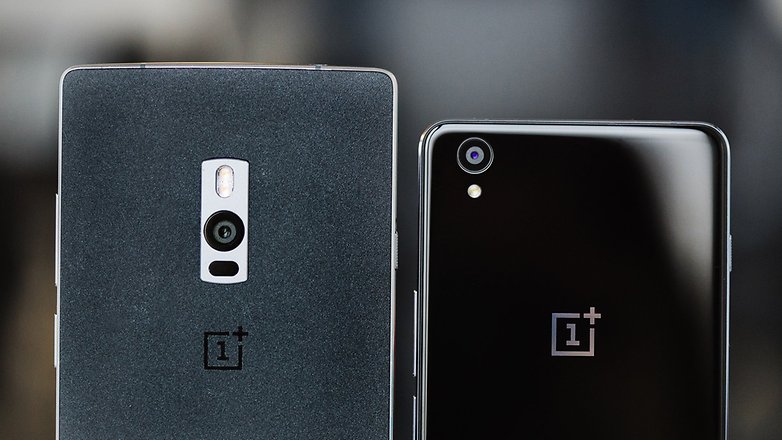
The design differed from the previous two models. The backside could be chosen in glass or ceramic and the design appeared generally very high-quality. But the OnePlus X had its own destiny. A Marshmallow update appeared, but the OnePlus X couldn't receive another Nougat update. This is because Google requires the support of the Vulkan graphics interface for Android Nougat, which is incompatible with Snapdragon 801's graphic chip.
OnePlus 3: the gloves come off
OnePlus's reputation had suffered a little. This was not least because of some questionable marketing campaigns - 'Smash the Past', for example, which accompanied the launch of OnePlus One. Users were encouraged to break their smartphones in order to receive a new OnePlus One. It quickly became clear that this was way too extreme for the community. OnePlus immediately changed course, changing its conditions so that users could donate their old phones instead.
In this context, 2016 became the year of new beginnings. The OnePlus 3 could impress on all levels. It was defined by high performance, high-quality metal housing and a familiar value for the money.
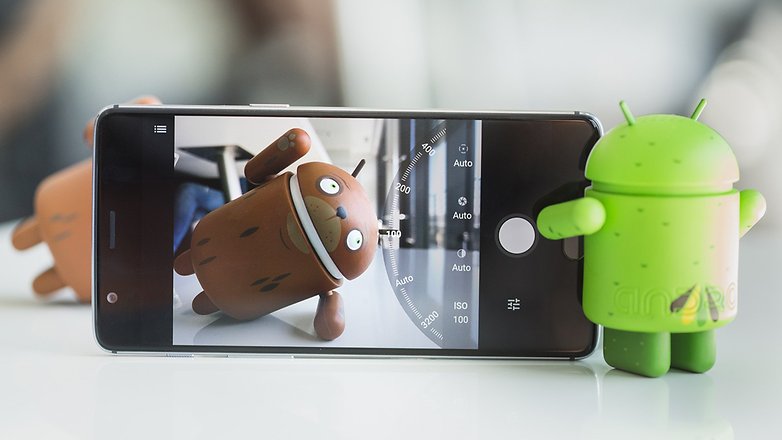
Almost a follow-up: the OnePlus 3T
Somewhat surprisingly, the OnePlus 3T was released in fall. It was a reboot of the OnePlus 3 featuring the somewhat faster Snapdragon 821 and a better front camera. The phone wasn't so much an upgrade for OnePlus 3 owners, but rather a contender against the fresh competition of the season.
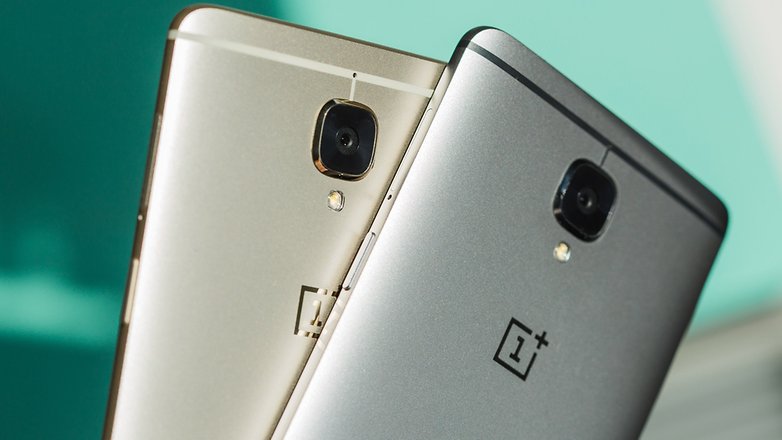
2017: OnePlus 5
The crowning achievement of OnePlus is here. Ahead of its launch, OnePlus emphasized that the OnePlus 5 would conquer new territory. Together with DxOMark, OnePlus has optimized its camera. A Snapdragon 835 powers the device. A first glance at the design reveals that OnePlus has economized the idea of a smartphone. For the first time, OnePlus uses a dual camera setup for perfect photos.
Stunningly slim, without compromising performance. #OnePlus5 https://t.co/1gsspZI3iz pic.twitter.com/Gs5N2egWTt
— OnePlus (@oneplus) July 9, 2017
'Never Settle' is the official motto of OnePlus. This means to never be content with the status quo, and always try out new things. The OnePlus 5 also features the slogan 'Focus On What Matters'. This could simply refer to the smartphone's new camera abilities, but in a broader sense, this may also mean that experiments like the OnePlus X belong to the past and that the company has refocused on what is essential.
We're excited to see what OnePlus has in store for us next. What experience have you had with a OnePlus smartphone? Let us know!
We have a cooperation with OnePlus. However, this article has been created without influence and represents the opinion of the editor.
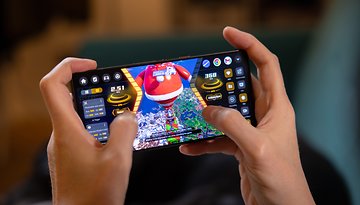











still using my one !
The X has great hardware! Very solid for affordable price. The only thing that put me off (sold it after a few weeks) was the poor camera. And in this era of selfies and instagram it wasn't possible for me...